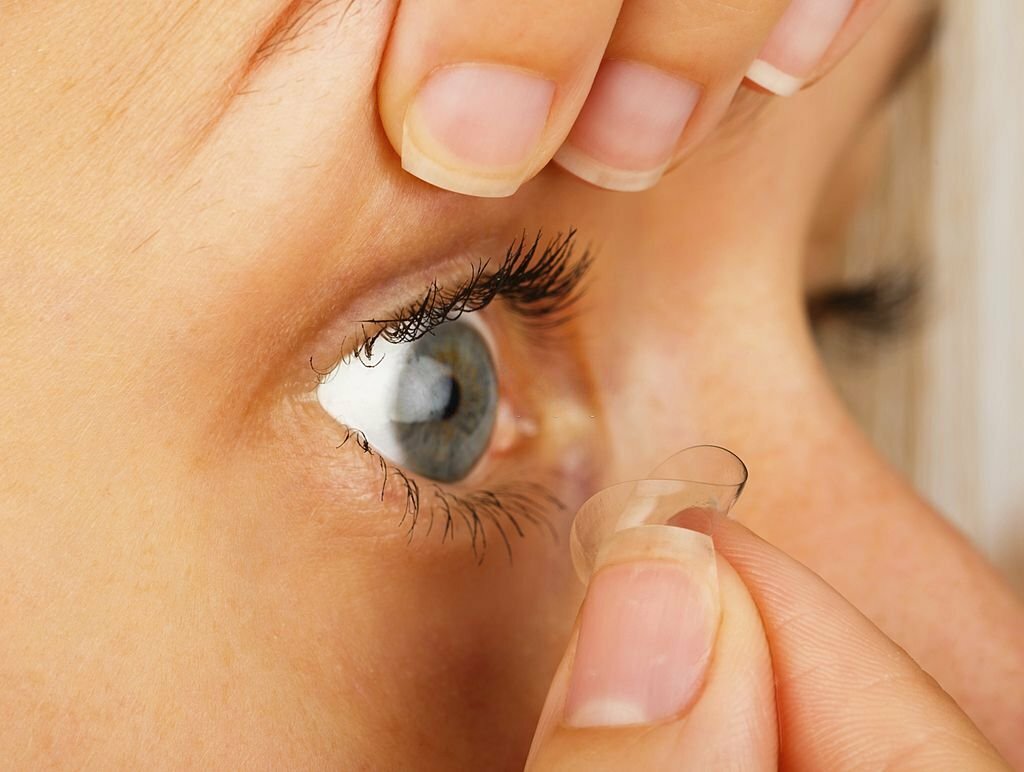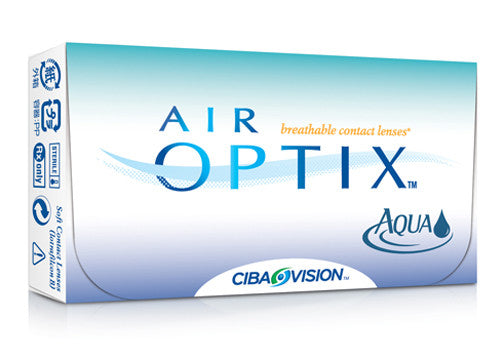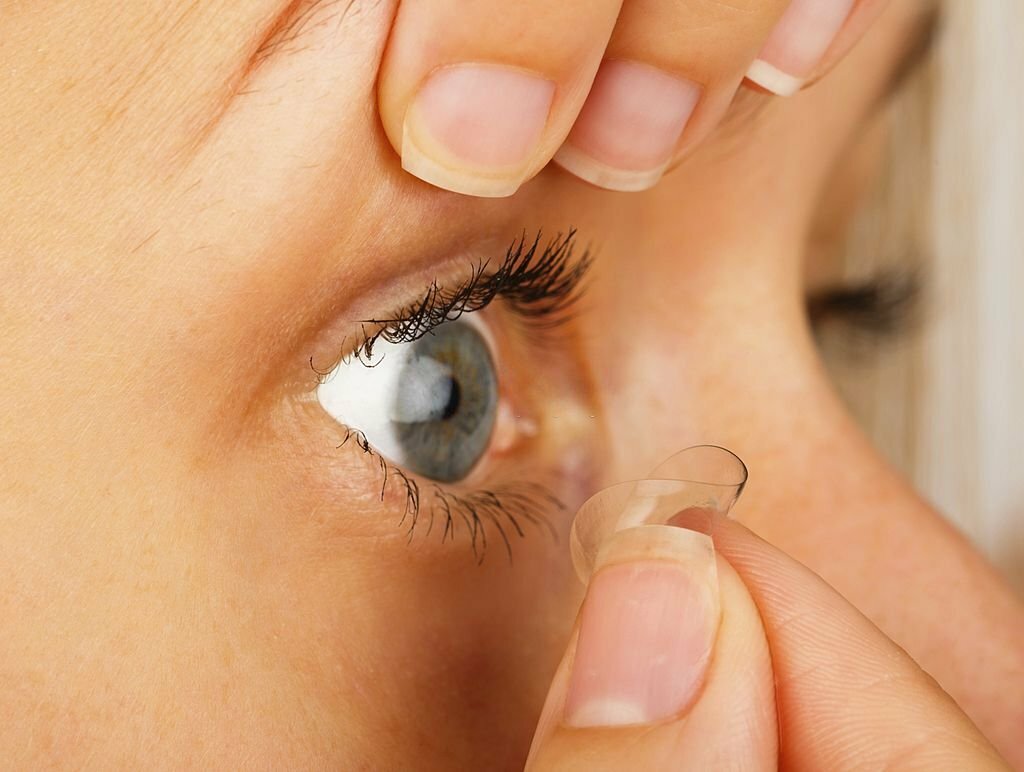
Learning how to remove contact lenses is a skill that every lens wearer needs to master—Daily lenses, for instance, require frequent removal, so understanding the process is crucial for a seamless extraction.
Many feel apprehension when faced with the task for the first time. But with the right guidance and a touch of patience, it becomes a breeze.
We're here to demystify the process. By following our step-by-step guide, you'll soon master the art of safely and comfortably taking out your lenses.
Ready to become a pro? Let's jump in!
What this article covers:How to Take Out Contact Lenses
With a bit of practice, mastering the art of removing contact lenses is easy. Based on our observations, the key is to be patient and calm and keep cleanliness and technique in mind.
If you're using hard lenses, there's a slightly different technique to be aware of. How to remove rigid gas permeable contact lenses? We'll get to that. But first, let's walk you through the basics.
Wash Your Hands Properly
First and foremost, always wash your hands thoroughly with soap and water. The importance of this step cannot be overstated. Our hands come into contact with various surfaces throughout the day, accumulating dirt, oils, and potential irritants that can be harmful to our eyes.
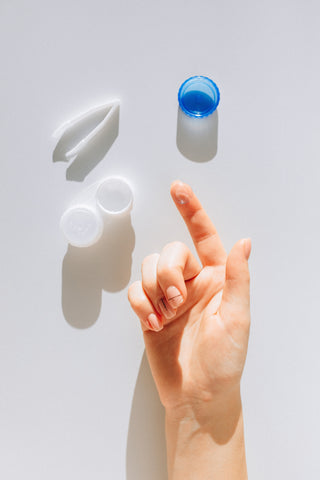
When you're about to touch your eyes or handle your contacts, whether Acuvue contacts or Air Optix with Hydraglyde, it's imperative to ensure that these contaminants are effectively washed away.
Now, if you're someone struggling to remove contact lenses with long nails, the cleanliness factor becomes even more critical. Long nails can harbor more dirt and bacteria underneath, posing an increased risk of eye infections if not cleaned properly.
Moreover, long nails can make the lens removal process a bit tricky. Our findings show that it's essential to be extra cautious to avoid scratching your eye or tearing the lens.
After washing, always dry your hands with a lint-free towel. This ensures that you don't transfer any fibers or residues to your eyes or lenses, which can cause discomfort or blur your vision.
Pull Down The Lower Eyelid
Using your non-dominant hand, gently pull down your lower eyelid. By applying this technique, you're making the contact lens more accessible. This is especially beneficial when you're trying to avoid direct contact with the eyeball itself.
When attempting to remove your contact lenses, always approach with caution. Use the pad of your finger to gently move the lens. The goal is to minimize direct contact with the eye, reducing the risk of irritation or potential injury.
While transition contacts adjust to different light conditions, their removal process remains similar to standard lenses.
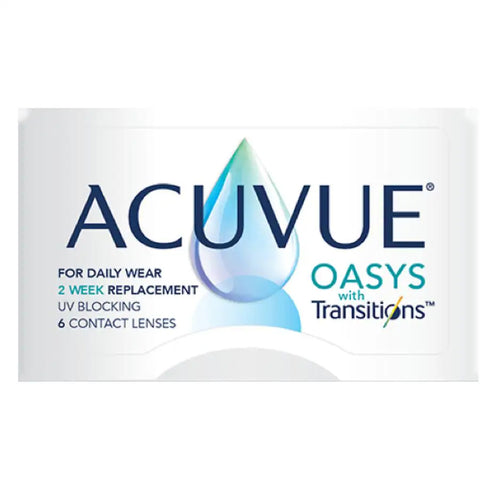
Pinch The Lens Lightly
With your dominant hand, use your index finger and thumb to lightly pinch the contact lens. Lenses can sometimes adhere closely to the eye's surface, making them a bit challenging to grip.
Our research indicates that the slight resistance you feel is a key indicator that you've successfully gripped the lens. It's the lens beginning to detach from the eye's surface. Once you feel this, with a gentle and controlled motion, the lens should easily slide out, leaving your eye unharmed and the lens intact.
When taking out colored contacts, it's crucial to handle them gently to preserve their vibrant shades.
Clean The Lenses
After removal, place the lens in the palm of your hand, add a few drops of contact lens solution, and gently rub the lens in a circular motion. This cleaning ritual, while simple, plays a pivotal role in maintaining both the health of your eyes and the longevity of your contact lenses.
Throughout the day, our eyes produce proteins, lipids, and other substances that can accumulate on the surface of contact lenses. These deposits, if left unchecked, can cloud the lens, reduce its efficacy, and even lead to discomfort or eye infections.
The act of rubbing the lens dislodges these microscopic particles from the lens surface.
For those wearing contact lenses monthly, maintaining a regular cleaning routine is as essential as knowing how to remove them safely.
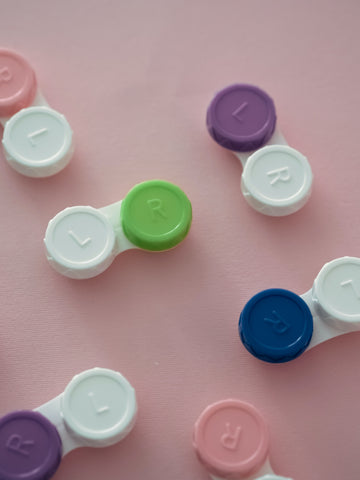
Store Lenses
Always store your contact lenses in a clean lens case filled with fresh contact lens solution.
Over time, even with regular cleaning, lens cases can become breeding grounds for bacteria and fungi. These microorganisms thrive in moist environments and can pose significant risks, including eye infections.
Using fresh contact lens solution daily is equally crucial. While it might seem economical to reuse the solution, doing so diminishes its disinfecting properties. The old or reused solution can lose its effectiveness, allowing harmful pathogens to survive and multiply.
The recommendation to replace the lens case every three months isn't arbitrary. Or alternatively, dailies contacts are convenient for those who prefer a fresh pair every day without the need for storage.
Tips for Removing Contact Lens Types
Different types of contact lenses may require slightly varied removal techniques. Both soft and hard lenses have specific characteristics to consider. Let's find out more:
Removing Soft Contact Lenses
Soft lenses, like bausch and lomb infuse, due to their malleable nature, are designed to provide comfort and closely mimic the eye's natural feel. However, this flexibility, while advantageous in many respects, can sometimes lead to the lens shifting on the eye's surface.
When a soft lens shifts, it's often due to factors like blinking, rubbing the eyes, or even sudden eye movements.
A shifted lens can cause blurred vision or discomfort, but it's essential not to panic. The lens hasn't disappeared; it's merely out of its optimal position.
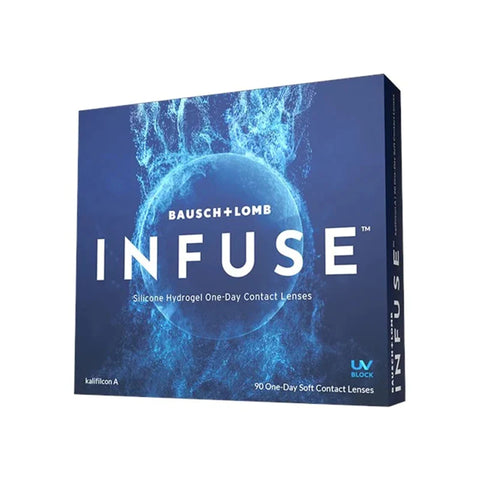
If this happens, the simplest yet most effective technique is to look in different directions. This action utilizes the eye's natural movements to gently manipulate the lens back into place. For instance, if you feel the lens has shifted towards the inner corner, looking far to the opposite side can help recenter it.
Once the lens feels more comfortable and your vision clears, it's an indicator that it's back in position. Only then should you attempt removal. Trying to remove a mispositioned lens without repositioning can lead to unnecessary discomfort and even potential damage to the lens.
Remove Hard Contact Lenses
Hard or rigid gas permeable (RGP) lenses differ significantly from soft lenses due to their firmer structure. This rigidity offers advantages like a potentially long lifespan. However, their stiff nature also means that the removal process requires a bit more finesse.
While many individuals can remove RGP lenses using their fingers, the technique is slightly different than with soft lenses.
Ensure that your gaze is directed straight ahead and not tilted in any direction. Using your middle finger, firmly pull the skin on the outer corner of your eyelids. This will help in creating a taut surface for the lens to move.
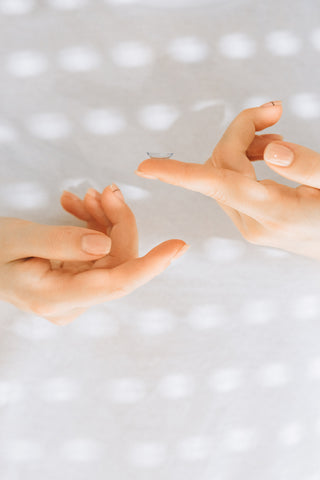
Blink your eyes hard. This action will push the lens out of its position. As you blink, the lens might pop out and fall onto your cheek or a surface. Be prepared to catch it with your other hand or have a clean towel ready to collect it.
It's crucial to be patient and gentle during this process. Rushing or using excessive force can lead to discomfort or even potential damage to the lens.
With practice, the removal of RGP contacts becomes a seamless part of one's daily routine.
Conclusion
With the right techniques and a bit of practice, removing contact lenses can become second nature.
At Fresh Lens, we're committed to ensuring your eye care journey is as seamless as possible. Explore our wide range of contact lens options and enjoy a hassle-free shopping experience with us.
Ready to see clearly? Shop now!
If you want to learn more, why not check out this article below:
- How to Take Out Contacts Without Touching Your Eye
- Best Place to Buy Contact Lenses
- Can You Return Contact Lenses?
- Can I Leave My Contact Lenses Without Solution?
- Does Contact Solution Help with Red Eyes?
- Does Contact Lens Solution Expire?
- How Long Can Contact Lenses Stay in Solution?
- Can You Flush Your Eyes with Contact Solution?
- Contact Lens Solution After Opening
- Can Dry Eyes Cause Blurry Vision with Contacts?
- Are Daily Contacts Better for Dry Eyes?
- Colored Contacts for Dry Eyes
- All-Around Best Contact Lenses
- Best Color Contact Lenses













